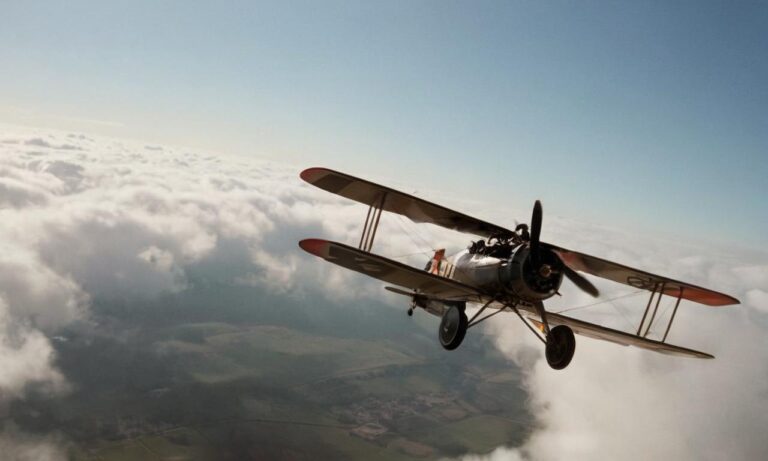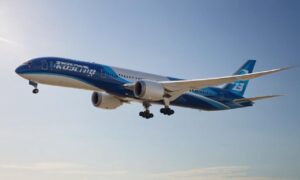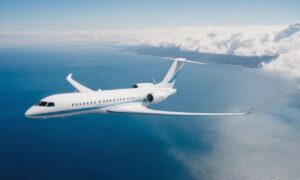In the tumultuous era of World War I, aviation technology underwent a rapid evolution that forever changed the nature of aerial warfare. As pilots took to the skies in their canvas and wood biplanes, a variety of innovative aircraft technologies emerged, contributing significantly to their success in dogfights.
The Birth of Aerial Combat
World War I witnessed the advent of dogfights, intense aerial battles between fighter planes seeking air superiority. To gain an edge in these life-and-death encounters, aviators and engineers alike focused on developing cutting-edge technologies.
1. Machine Guns Synchronization
One pivotal development was the synchronization of machine guns with aircraft propellers. This innovation, notably exemplified by the Fokker Eindecker, allowed pilots to fire through the propeller arc without damaging their own aircraft. This newfound ability to engage enemies directly in front significantly increased the lethality of fighter planes.
2. Improved Aerodynamics
Aircraft design underwent a transformation with a keen focus on enhancing aerodynamics. Streamlined wings, fuselage, and tail structures reduced drag, providing pilots with greater speed and maneuverability. This evolution was instrumental in enabling pilots to outmaneuver opponents during dogfights.
3. Development of Fighter Tactics
As the conflict progressed, pilots and strategists devised and refined dogfighting tactics. The concept of the “ace,” a pilot with five or more confirmed kills, emerged. These aces often mastered maneuvers like the Immelmann turn and the Split S, giving them a tactical advantage in the chaotic skies over the Western Front.
4. Engine Power and Reliability
The reliability and power of aircraft engines played a crucial role in determining the outcome of dogfights. Advances in engine technology, including more powerful and dependable rotary and inline engines, allowed pilots to climb rapidly, dive quickly, and execute complex maneuvers with confidence.
The Legacy of World War I Aviation
The technologies developed during World War I laid the foundation for modern aerial combat. Lessons learned from dogfights in the skies over Europe influenced subsequent generations of aviators and shaped the trajectory of aviation advancements.
In Conclusion
World War I marked a turning point in the history of aviation, propelling it from the rudimentary biplanes of the early 20th century to the sophisticated fighter planes of today. The combination of synchronized machine guns, improved aerodynamics, strategic tactics, and powerful engines empowered pilots to prevail in the intense dogfights that defined the era.






